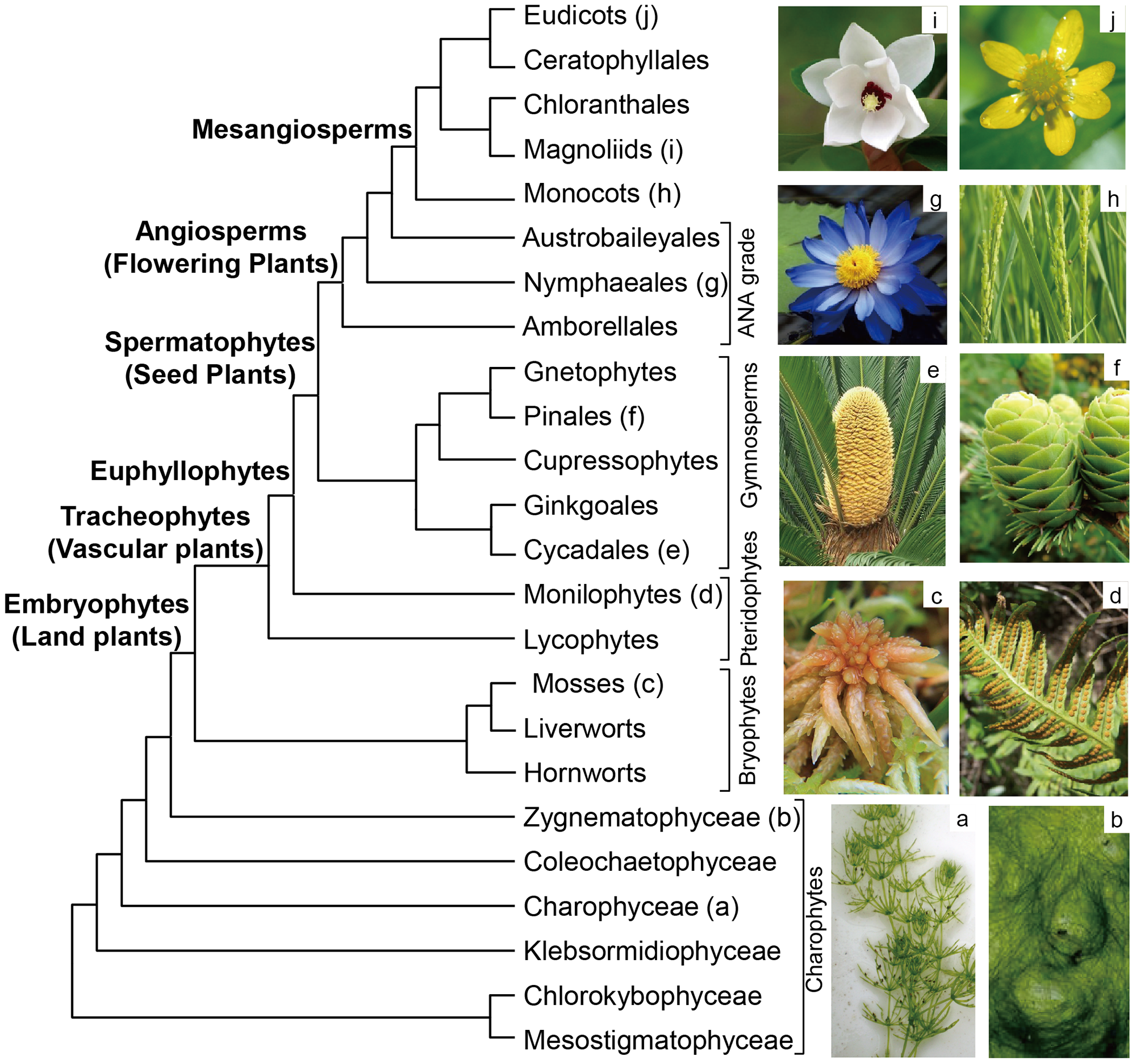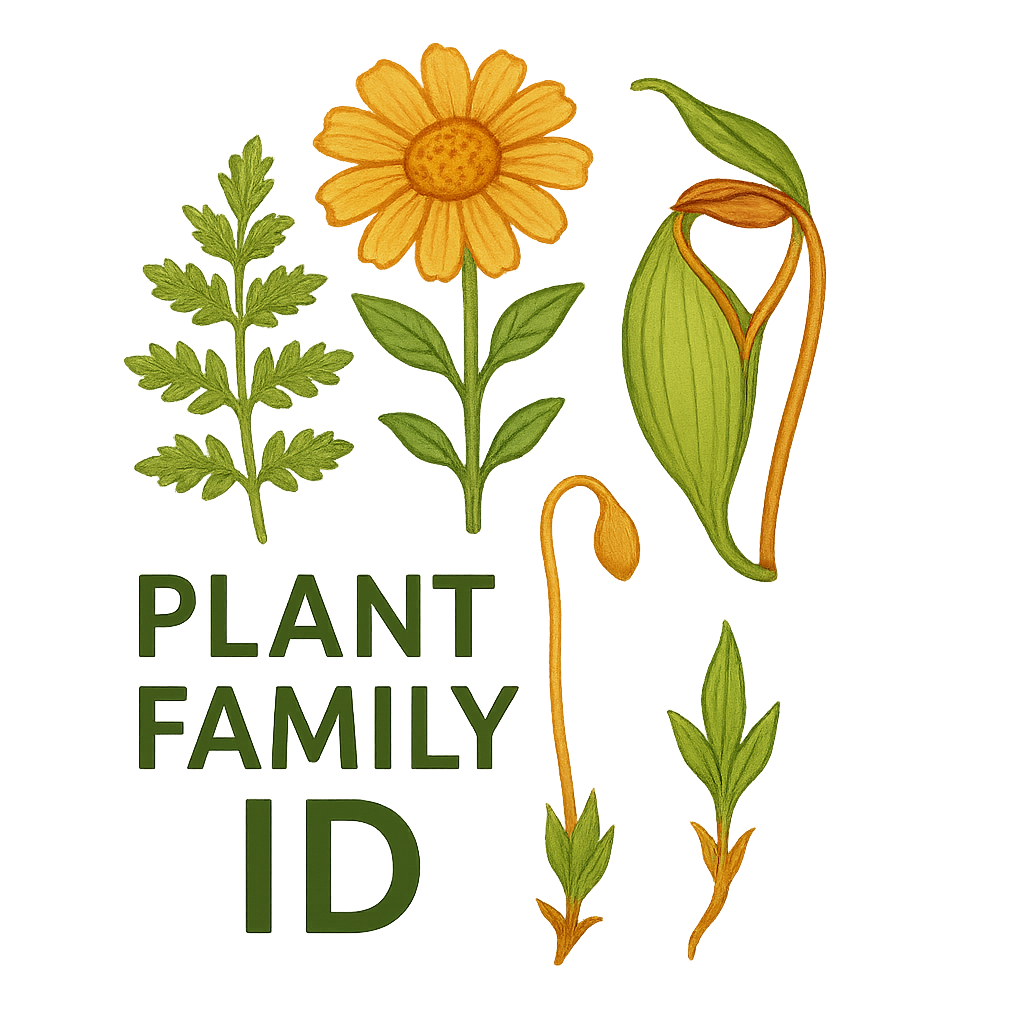Discover the World of Plant Families
Explore plant families in phylogenetic order and learn how to identify them in the field. Our comprehensive guide helps botanists, students, and nature enthusiasts understand plant relationships and characteristics.
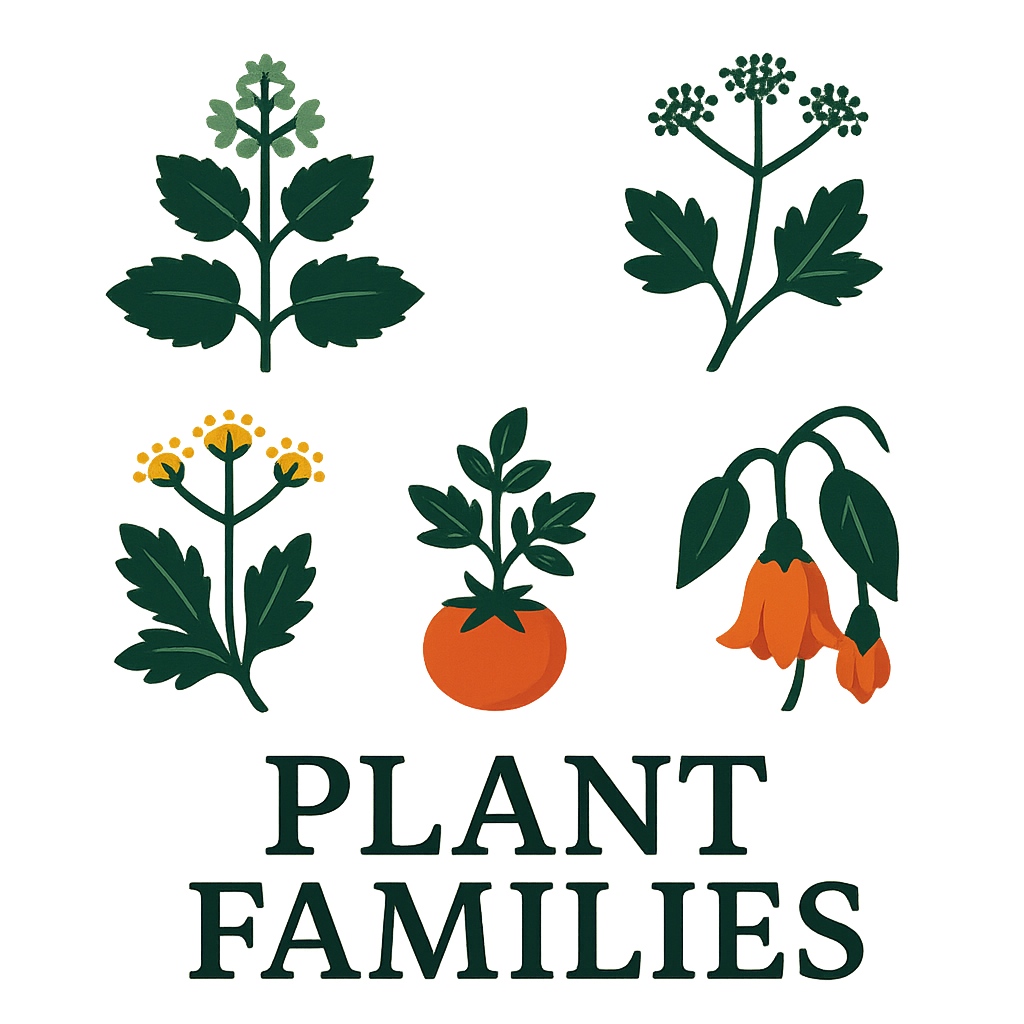
Understanding Plant Phylogeny
Plant phylogeny is the evolutionary history and relationships of plants. Modern classification systems like APG IV organize plant families based on their evolutionary relationships rather than just physical similarities. This approach provides a more accurate understanding of how plants are related to each other and how they evolved over time.
The plant kingdom is incredibly diverse, with over 400,000 known species organized into families, orders, and larger groups. By understanding the evolutionary relationships between these groups, we gain insights into plant adaptation, diversification, and the development of key characteristics that define each family.
This website presents plant families in their evolutionary order, helping you understand how they're related and how to identify them in nature. Whether you're a student, researcher, or nature enthusiast, our interactive tools and comprehensive guides will enhance your understanding of plant diversity.
Featured Plant Families

Asteraceae
Sunflower Family
- Composite flower heads
- Often with ray and disc flowers
- Largest family of flowering plants
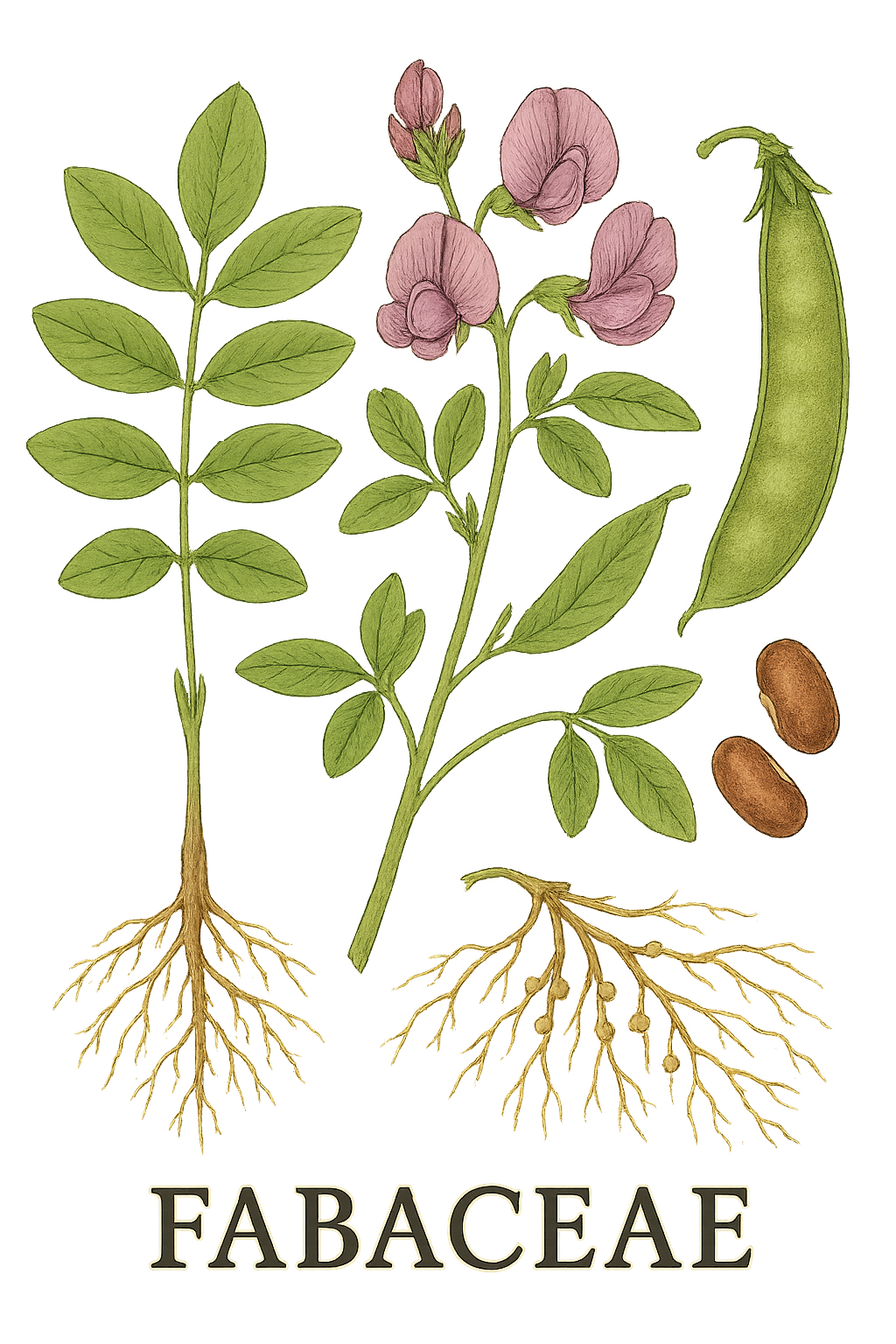
Fabaceae
Legume Family
- Often with compound leaves
- Distinctive pea-like flowers
- Fruit typically a legume (pod)
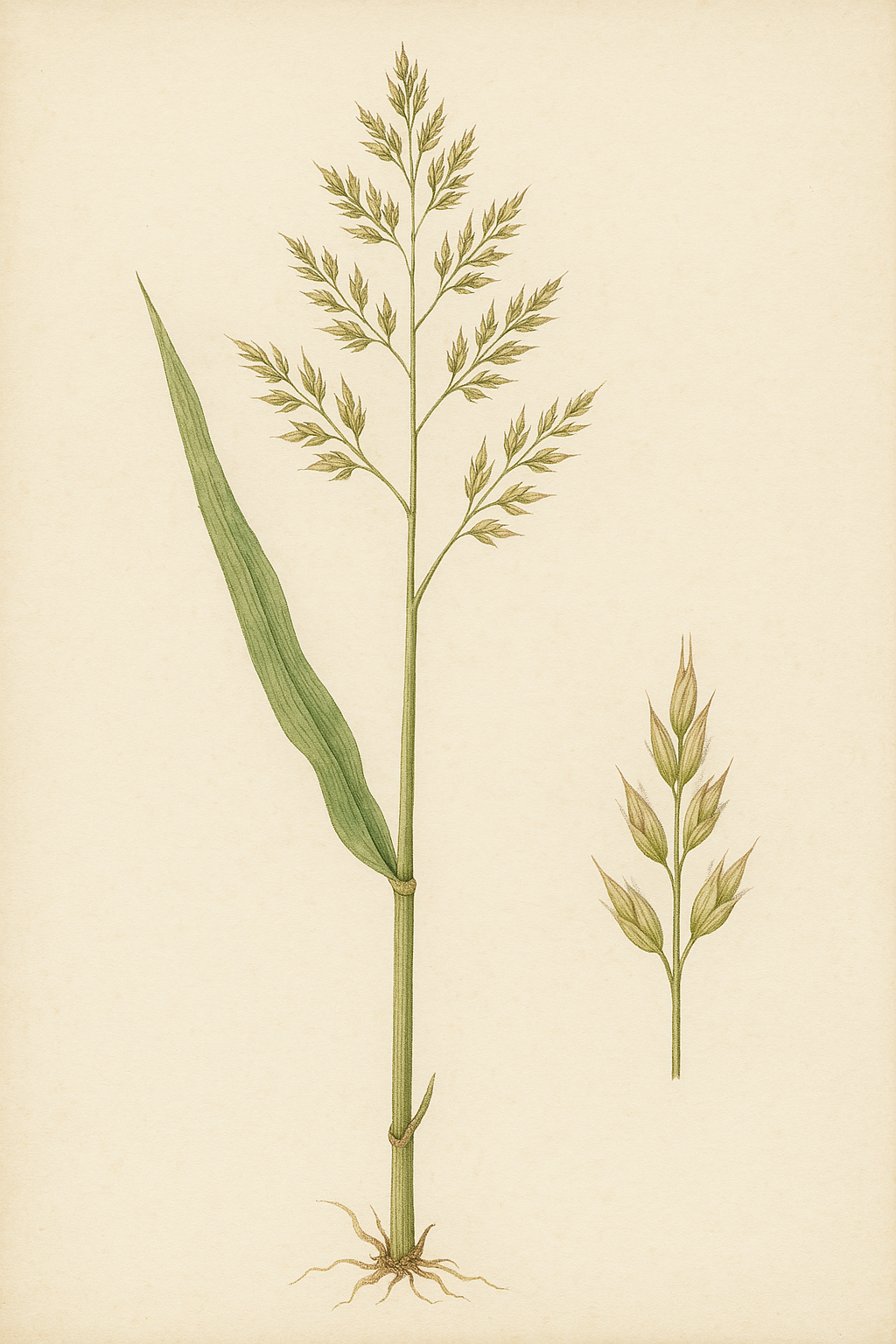
Poaceae
Grass Family
- Hollow stems with nodes
- Linear leaves with parallel veins
- Reduced flowers in spikelets
